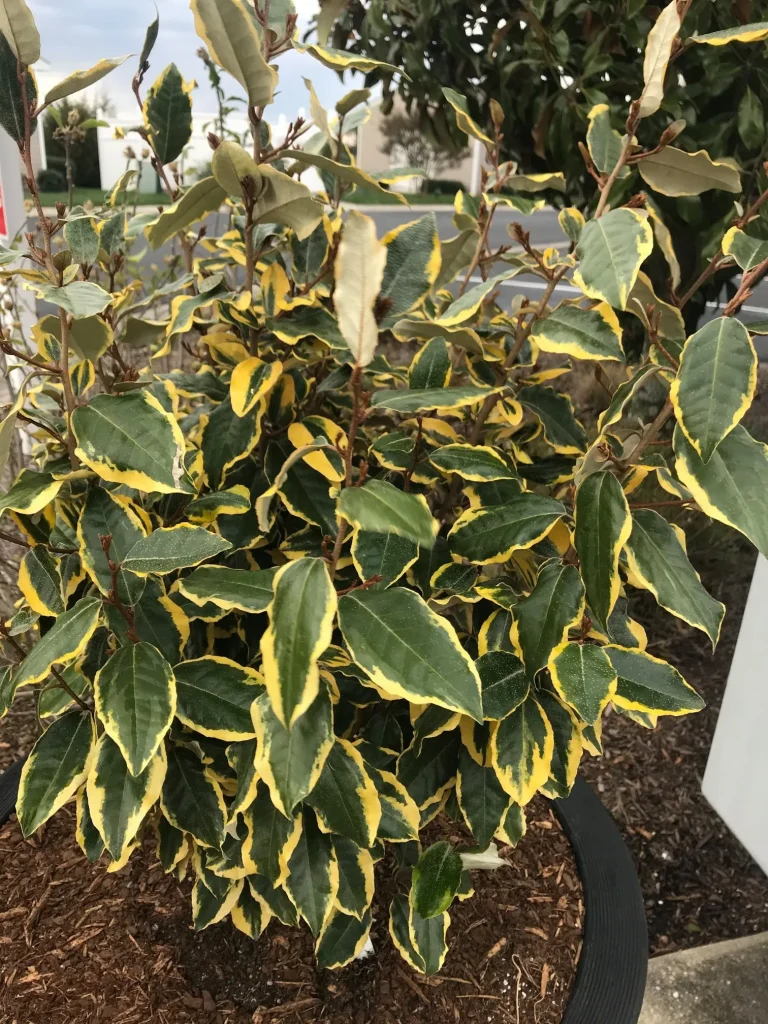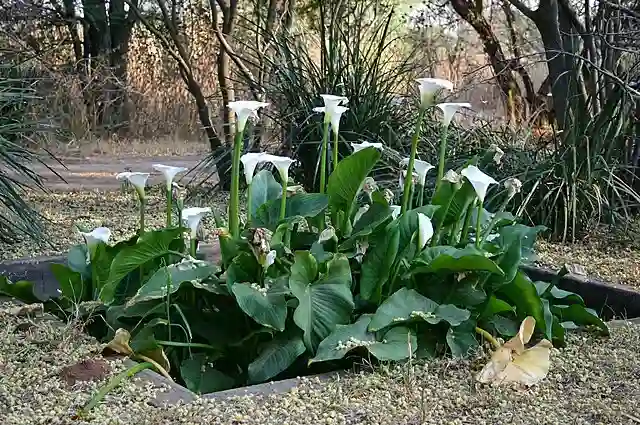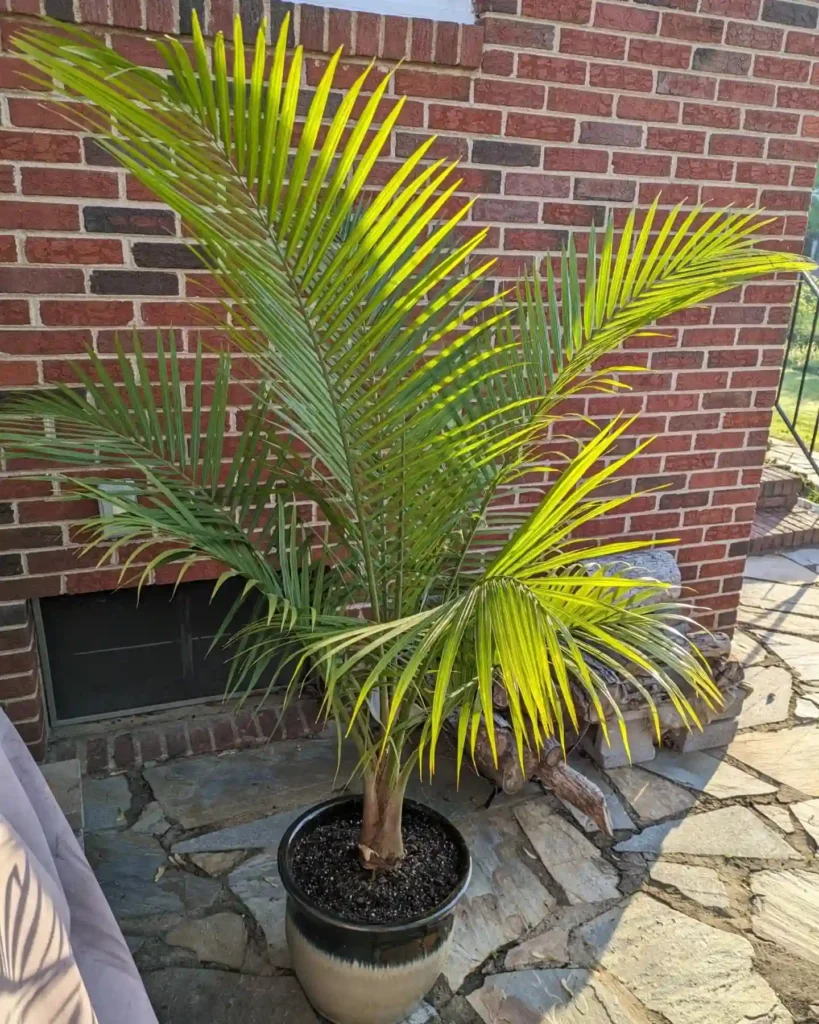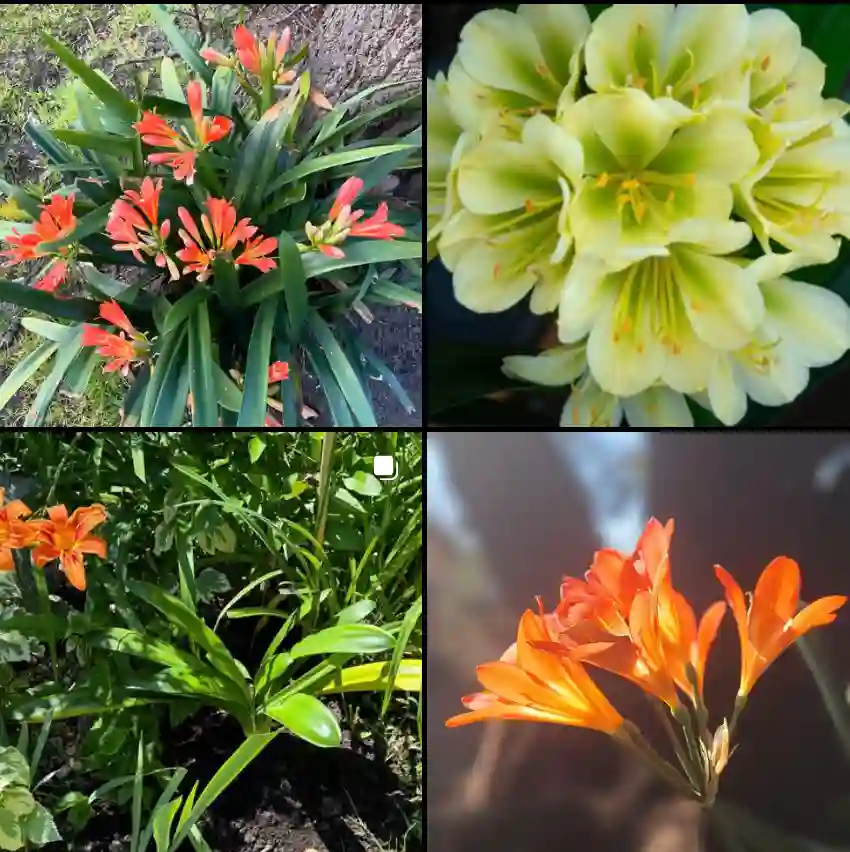What is Sesleria Autumnalis?
Sesleria Autumnalis, often known as Autumn Moor Grass or Autumn Sesleria, belong to the Poaceae family, is a charming ornamental grass that I’ve grown quite fond of. This perennial grass, native to Europe, boasts a graceful appearance with its fine, arching foliage and feathery flower spikes. It typically reaches about 12-18 inches in height, creating a soft, elegant ground cover. The plant’s appeal really shines in autumn when it turns a lovely golden-brown hue, giving your garden a warm, inviting glow.
Plant Family: 822 Genera in Poaceae
How to Care for Sesleria Autumnalis?
Caring for Sesleria Autumnalis is relatively straightforward, making it a great choice for both novice and experienced gardeners. Here’s what I’ve learned from my own experiences:
- Sunlight: It thrives in full sun to partial shade. In my garden, it has done well with around 4-6 hours of sunlight daily. Too much shade can reduce its vigor and lead to sparse growth.
- Soil: Well-drained soil is crucial. I’ve found that it prefers loamy to sandy soil, but it can tolerate a range of soil types as long as it drains well. Avoid heavy clay soils that retain too much moisture.
- Watering: Sesleria Autumnalis is fairly drought-tolerant once established. However, it appreciates occasional watering during prolonged dry spells. I usually water it once a week in dry periods, making sure not to overwater.
- Fertilizing: Fertilization isn’t strictly necessary, but a light application of a balanced, slow-release fertilizer in spring can promote healthy growth. I’ve noticed better results when I use a low-nitrogen fertilizer.
- Pruning: Minimal pruning is needed. I typically cut back the plant in late winter or early spring before new growth begins. This helps maintain its neat appearance and encourages fresh growth.
How to Propagate Sesleria Autumnalis?
Propagating Sesleria Autumnalis can be a rewarding process. Here’s how I’ve successfully done it:
- Division: The easiest method for propagation is by dividing the clumps. In early spring or late summer, I dig up a mature clump, divide it into smaller sections, and replant them. Ensure each section has healthy roots and shoots.
- Seeds: While less common, propagation from seed is possible. I collect seeds in late summer when they are mature and sow them in a seed tray. Keep them in a warm, sunny spot and ensure the soil remains moist until germination.
What to Plant With Sesleria Autumnalis?
Sesleria Autumnalis pairs beautifully with a variety of plants. I’ve experimented with several combinations and found these to be particularly striking:
- Perennials: It looks great with other ornamental grasses like Panicum virgatum (Switchgrass) or Calamagrostis acutiflora (Feather Reed Grass). The contrast in textures adds depth to the garden.
- Flowering Plants: Try planting it alongside late-blooming perennials like Echinacea (Coneflower) or Rudbeckia (Black-eyed Susan). The golden hues of Sesleria complement the vibrant colors of these flowers.
- Shrubs: It also works well with shrubs such as Hypericum (St. John’s Wort) or Spiraea (Spirea), providing a nice contrast to their foliage and flowers.
Is Sesleria Autumnalis Toxic?
I’m happy to report that Sesleria Autumnalis is non-toxic to pets and humans. I’ve had no issues with it causing harm, making it a safe choice for family gardens.
Benefits of Sesleria Autumnalis
Sesleria Autumnalis offers several benefits:
- Low Maintenance: It’s a low-maintenance plant that requires minimal care, making it ideal for busy gardeners.
- Seasonal Interest: The plant provides visual interest throughout the year, especially in autumn when its golden-brown color stands out.
- Drought Tolerance: Its drought tolerance means less frequent watering, which can save time and water resources.
Common Problems
While Sesleria Autumnalis is generally hardy, it can face a few issues:
- Pests: In my garden, I’ve occasionally spotted aphids, though they haven’t caused significant damage. A light insecticidal soap can handle them effectively.
- Diseases: Overly wet conditions can lead to fungal issues. Ensuring proper drainage and avoiding waterlogged soil helps prevent such problems.
How Does Sesleria Autumnalis Compare to Similar Plants?
Sesleria Autumnalis is often confused with other ornamental grasses like Festuca glauca (Blue Fescue) or Stipa tenuissima (Mexican Feather Grass). Here’s how it compares:
- Festuca glauca: While both are ornamental grasses, Festuca glauca has a more rigid, upright growth habit and blue-green foliage. Sesleria Autumnalis, on the other hand, has a softer, arching form and changes color with the seasons.
- Stipa tenuissima: Known for its delicate, fine texture, Stipa tenuissima can look similar to Sesleria in terms of form. However, Stipa tends to have a more airy and loose appearance, while Sesleria has a denser, more compact growth.
In summary, Sesleria Autumnalis is a versatile and attractive grass that adds charm and seasonal interest to any garden. Its low maintenance needs and compatibility with various plants make it a great choice for enhancing garden landscapes.
If i die, water my plants!



